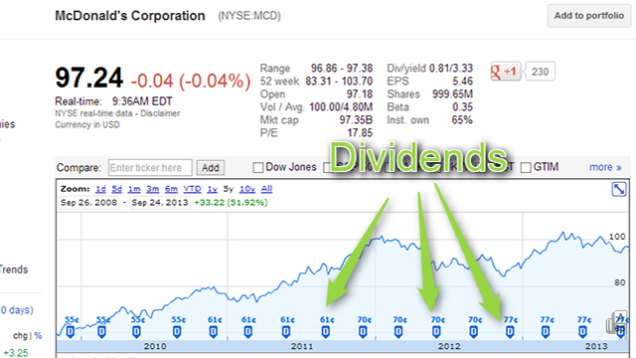Exchangetraded funds A good idea in danger of going bad
Post on: 14 Май, 2015 No Comment

IN FINANCE, the simple ideas are often the best. Exchange-traded funds, first launched 21 years ago, were a great idea. They were in effect tradable mutual funds. An investor got exposure to a diversified portfolio of shares, like the S&P 500 index, at low cost. And he could sell it easily, like any other equity.
But the popularity of such funds, which now have $1.5 trillion of assets under management, was too great a temptation. When the public took to plain-vanilla ETFs, the financial services industry decided it should also offer egg-custard and blue-banana flavours. Investors can choose between more than 2,700 funds covering everything from Asian property to water companies. They can also buy leveraged funds, which rise and fall more rapidly than the assets they track, and “inverse ETFs”, which move in the opposite direction.
In theory, this gives investors all the tools they need to design the portfolio which closely matches their risk preferences and economic outlook. In practice, however, such diversification has thrown up a number of risks (see article ).
In this section
Related items
Not what it says on the tin

One risk relates to liquidity. In some sectors, like emerging markets, it is easier for investors to buy and sell an ETF than to trade in the underlying illiquid assets. But the liquidity risk has not gone away. Although shares in the funds may be easily sold, the assets behind them are not; and when all the bidding is one way, dealers may be unwilling to make a market. During the market turmoil known as the “flash crash” in May 2010, the Dow Jones Industrial Average briefly dropped 1,000 points as liquidity evaporated; 60-70% of the trades that subsequently had to be cancelled were in ETFs.
Another risk concerns a change in the nature of ETFs. The early funds tended to replicate an index: buying every share in the FTSE 100, for example. But as the industry expanded into illiquid asset categories, that strategy was no longer practical. The answer was the development of “synthetic ETFs” and related products such as exchange-traded notes (ETNs). These funds do not own assets like shares or bonds; instead they arrange a derivative deal with an investment bank, which guarantees to deliver the return of the targeted benchmark.
This exposes the ETF investor to the risk that the bank fails to pay up. To offset the risk, the bank has to hand over collateral. Those assets are subject to some controls, but do not have to be related to the aim of the ETF. The international Financial Stability Board found that the collateral pledged to one emerging-markets fund largely comprised Japanese shares and American bonds. If the bank failed, ETF investors would find that they acquired a hotch-potch of assets, rather than the portfolio they expected. Worse still, investment banks may have an incentive to establish ETNs and synthetic ETFs as a cheap way of financing their assets. It all sounds suspiciously like the subprime mortgage boom, when banks parked illiquid assets in off-balance-sheet vehicles. The problem is not on the same scale: synthetic ETFs and ETNs are a small proportion of the industry. But the subprime market also started small.
What should be done? The greatest need is for transparency: it should be made as clear as possible to investors what they are buying. They ought to be able to tell the difference between a normal and a synthetic ETF just by looking at the funds name. The exact nature of the collateral should be disclosed on a regular basis, like the main investments in a mutual funds portfolio. Investors ought to be told that the market for ETFs may not always be as liquid as they would like. And the industry should look to its own self-interest: it would be a shame if reckless expansion spoiled a good innovation.














